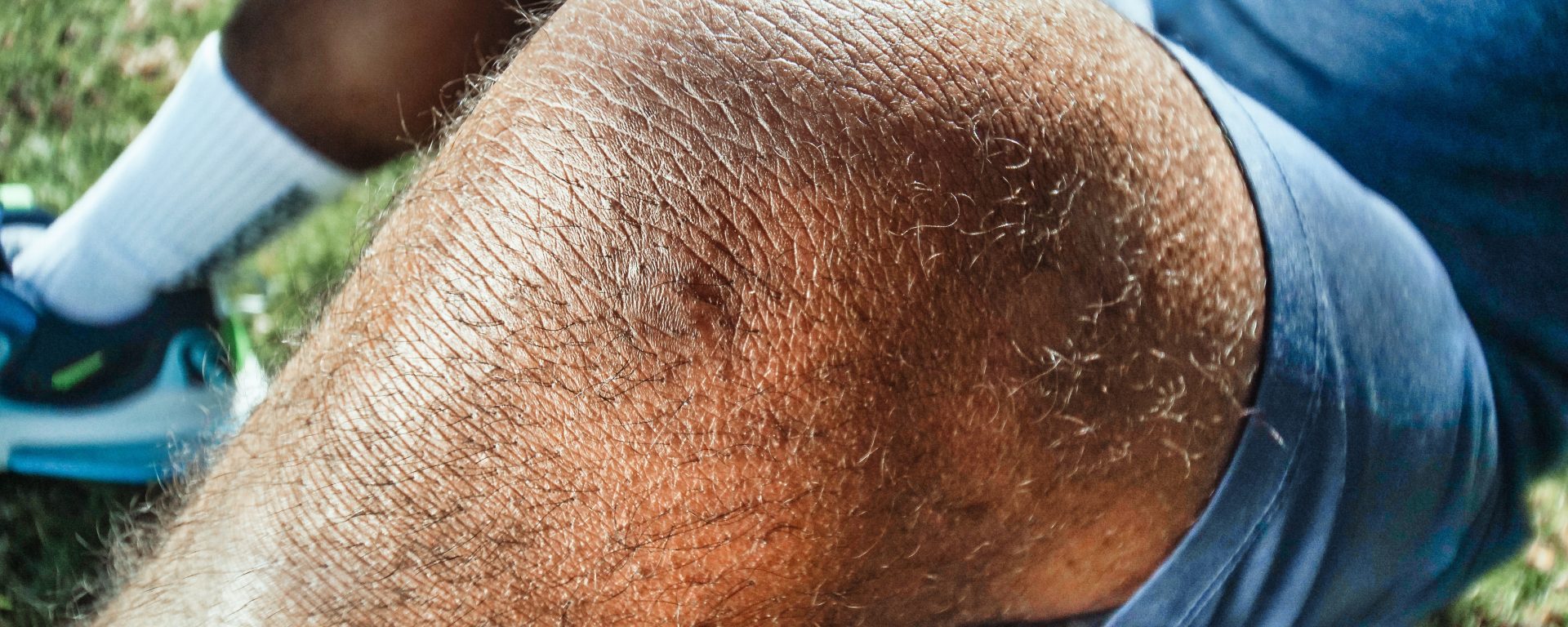In 2012, a study conducted by Mary E. Hardwick, et. al., the potential benefits of utilizing Healing Touch (HT) as a nurse-initiated modality in the context of bilateral total knee arthroplasty were explored. The study aimed to investigate whether the integration of HT alongside standard pharmacologic interventions could lead to reduced pain, anxiety, opioid consumption, improved ambulation, knee flexion, and enhanced patient satisfaction.
A total of 41 patients were enrolled in the study, with 20 assigned to the HT group and 21 to the standard treatment (ST) group. The HT group received HT once daily, bridging the gap between two daily physical therapy sessions. Pain levels were assessed using the visual analog scale (VAS) before surgery, both before and after daily HT sessions for the HT group, and between physical therapy sessions for the ST group. State anxiety was measured using the State-Trait Anxiety Inventory (STAI), while opioid analgesic consumption was converted into dose equivalents (DE). Patient satisfaction was evaluated at the one-month postoperative follow-up.
The study found that the demographic profiles of the two groups were similar. While pain levels, as measured by VAS, were lower in the HT group than the ST group, the difference did not reach statistical significance. However, within the HT group, it was observed that pain levels significantly decreased after each HT treatment compared to pre-HT pain levels, with the exception of postoperative Day 1. State anxiety was lower in the HT group, and it reached statistical significance on postoperative Day 2. The total opioid dose equivalents were slightly lower in the ST group by 0.5 DE, suggesting a potential benefit of HT in reducing opioid consumption. Importantly, the ST group had 20% more patients reporting overall pain as moderate to severe compared to the HT group. Moreover, one month after surgery, a higher percentage of patients in the HT group (95%) felt that their pain was adequately controlled during their hospital stay compared to the ST group (87%).
This study demonstrates that Healing Touch, when incorporated into postoperative care, can be a valuable tool for nurses in managing pain in patients undergoing bilateral total knee arthroplasty. While the differences in pain levels and opioid consumption were not statistically significant, the study indicates that HT can contribute to improved patient experiences and outcomes, particularly in terms of anxiety reduction and patient satisfaction. Further research in this area may shed more light on the potential benefits of this nurse-initiated modality in the context of surgical recovery.
Reference: Hardwick, M. E., Pulido, P. A., & Adelson, W. S. (2012). Nursing intervention using healing touch in bilateral total knee arthroplasty. Orthopaedic Nursing, 31(1), 5-11.
